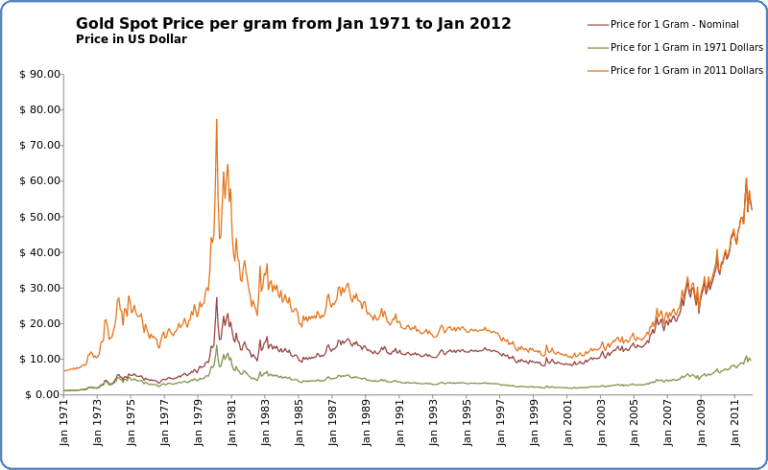5 Effects of Depopulation Explained
Effects of depopulation are; lower resource demand, economic output decline, demographic imbalance, cultural and relational disruption, and high dependency ratio.
This article discusses the effects of depopulation, as follows;
1). Lower Resource Demand (as one of the Effects of Depopulation)
The decrease in demand for resources that tends to occur with decrease in population size is a predictable outcome.
Depopulation reduces the rate at which resources are consumed in terms of raw materials, refined products, services, and essential needs.
Examples of essential needs in this category include housing, food and healthcare.
Because of low demand, such resources and their providers are usually, relatively few in depopulated areas.
This is exemplified by rural areas in many parts of the world like Spain and the Alps; where depopulation is directly proportional to lower economic activity [4].
Although decrease in demand can look like an advantage, it can also be disadvantageous in many contexts, because it causes decrease in economic opportunities and productivity; which could fuel emigration and further depopulation.
2). Economic Output Decline
The general effect of depopulation on the economy is a negative one.
Population decline directly reduces the GDP of any region [2], meaning that us causes a reduction in economic productivity.
Economic recession from depopulation can be traced to factors like low workforce-population, fewer services and products, and lower demand.
In many depopulated areas, the small size of workforce is a result of population aging [1], which is a demographic imbalance that occurs when birth rates and mortality rates do not meet the requirements for socioeconomic sustainability.
Although the impact of economic output decline may not be extreme within the immediate (depopulated) environment, and within a short time-frame, its effect can be more profound in a wide context and longer time-frame.
3). Demographic Imbalance (as one of the Effects of Depopulation)
Depopulation is often accompanied by demographic redistribution and phenomena like high relative mortality and low relative birth rates; which are potential causes of imbalance in demography of any given region.
Demographic imbalance is most commonly observed in the form of an aging population comprised predominantly of elderly individuals.
In countries like Japan, an ageing population has contributed to the risk of economic depreciation, among other problems [3].
4). Cultural and Relational Disruption
Ways of life can be disrupted by depopulation because of its effects on demographic distribution.
When there is an imbalance in the distribution of individuals of any given age group of social class, the cultural behavior(s) of the underrepresented groups will inevitably diminish.
This can be very impactful, since cultural tendencies affect the politics, economics and social stability of a given region.
5). High Dependency Ratio (as one of the Effects of Depopulation)
Dependency ratio is a comparative measure of the size of dependent population to that of the non-dependent population in a given area.
A high dependency ratio can result from depopulation, especially in cases where demographic shifts have resulted in a scenario with excessive disproportion between various socioeconomic groups, such as in aging populations.
The main effect of high dependency ratio is an increase in economic pressure on the non-dependent population.
This can itself have negative ripple effects on the economy; by reducing the working efficiency of non-dependent individuals.

Conclusion
Effects of depopulation are;
1. Lower Resource Demand
2. Economic Output Decline
3. Demographic Imbalance
4. Cultural and Relational Disruption
5. High Dependency Ratio
References
1). Martinez-Fernandez, C.; Weyman, T.; Perek-Białas, J.; Sagan, I.; Szukalski, P.; Stronkowski, P. (2013). “Demographic Transition and an Ageing Society: Implications for Local Labour Markets in Poland,” OECD Local Economic and Employment Development (LEED) Papers 2013/8, OECD Publishing. Available at: https://doi.org/10.1787/5k47xj1js027-en. (Accessed 17 December 2022).
2). Peterson, E. W. F. (2017). “The Role of Population in Economic Growth.” SAGE Open 7(4):215824401773609. Available at: https://doi.org/10.1177/2158244017736094. (Accessed 18 December 2022).
3). Yoshino, N.; Taghizadeh-Hesary, F. (2016). “Causes and Remedies of the Japan’s Long-lasting Recession: Lessons for China.” China & World Economy 24(2):23-47. Available at: https://doi.org/10.1111/cwe.12149. (Accessed 18 December 2022).
4). Yu, Z.; Zhang, H.; Sun, P.; Guo, Y. (2022). “Depopulation in Less-Developed Areas: A Case Study in the Mountains of North Hebei Province, China.” Int J Environ Res Public Health. 2022 May; 19(10): 5909. Available at: https://doi.org/10.3390/ijerph19105909. (Accessed 18 December 2022).
